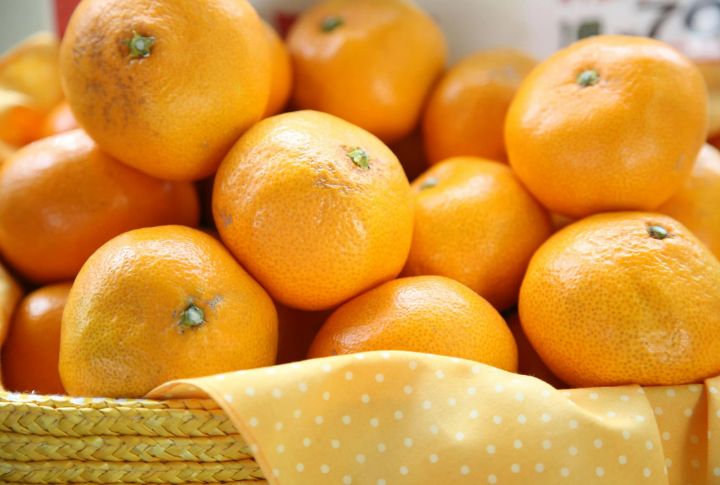
Not everything belongs in the refrigerator. Certain foods lose texture or nutrients when stored in cold conditions. Some may turn mushy, and others could crystallize. Rethinking storage methods can extend shelf life and reduce waste. Here are 20 everyday groceries that stay fresher and last longer outside the fridge.
Tomatoes
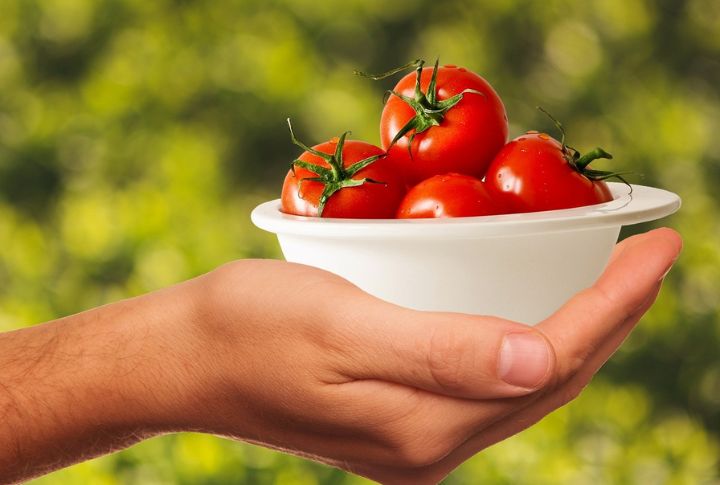
Juicy, sun-ripened tomatoes meet a sad fate in the fridge. Cold air zaps their texture, leaving them grainy and bland. Storage at room temperature helps to maintain that vibrant, garden-fresh flavor. The secret to perfect tomatoes is to store them stem-side down at room temperature.
Bread
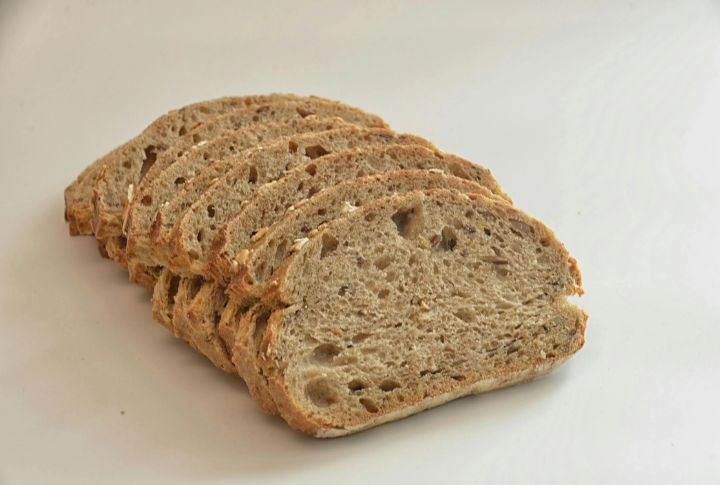
Who knew the fridge could make bread less appealing? Cold air accelerates staling, turning pillowy loaves into dry, crumbly bricks. Wrap bread in cloth or paper to maintain its softness. Freeze slices for later, but the fridge is a one-way ticket to stale city.
Garlic
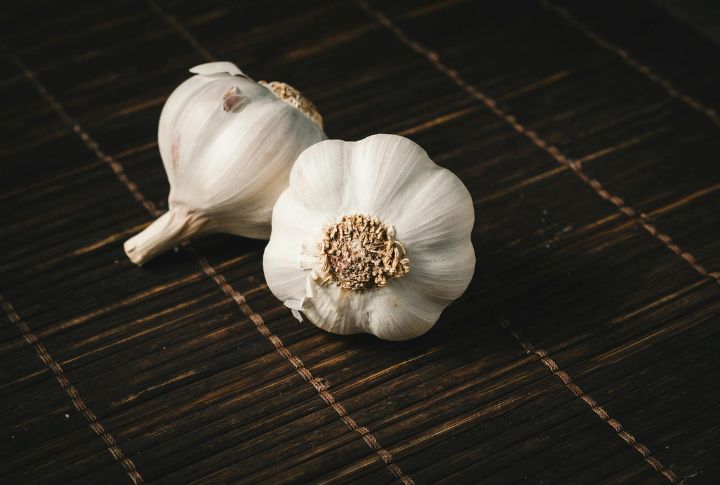
Garlic becomes soft and moldy in the fridge and loses its kick. Instead, store whole bulbs in a dry, airy spot. Sprouting and moisture buildup turn fresh cloves into mushy messes. Want that bold, pungent bite? Open air is the way to go.
Honey
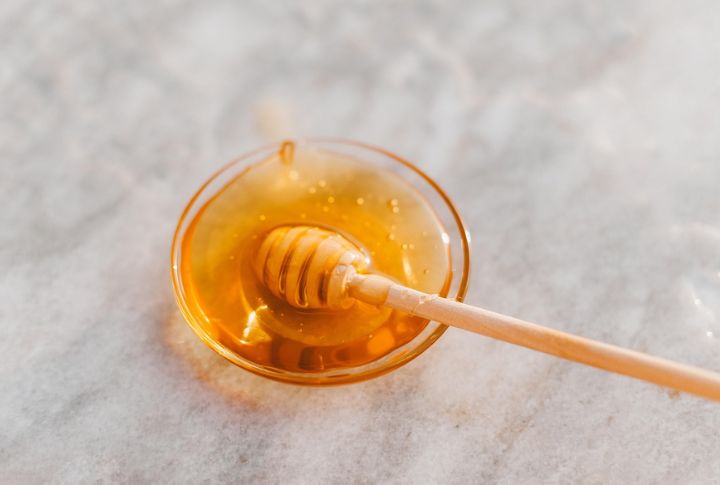
Room temperature keeps it smooth and pourable. When chilled, honey crystallizes into gritty lumps. Warm water can restore it to its silky flow, but it is best to avoid putting it in the cold entirely. Honey’s natural preservatives make it immortal on the pantry shelf.
Onions
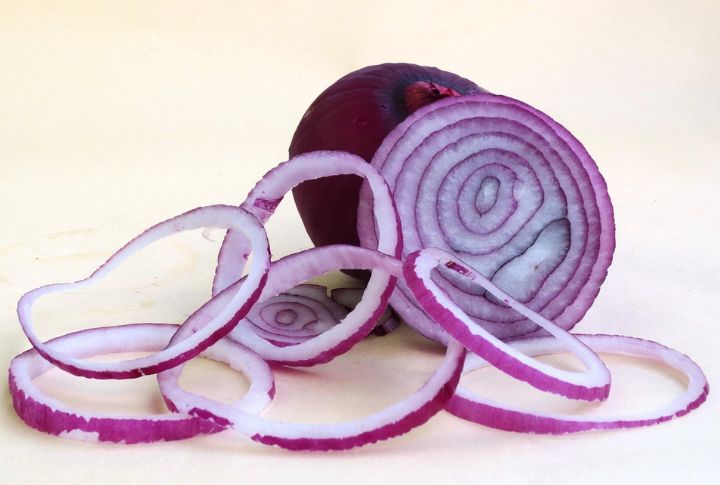
Refrigerated onions are a recipe for a mushy, moldy disaster. Their papery skins need dry, ventilated air to stay crisp. Mesh bags work best. Store them away from potatoes—the gases they release accelerate each other’s spoilage, turning pantry staples into compost candidates.
Coffee Beans

Cold, damp air harms coffee beans, while refrigeration can dull their rich aroma and bold flavor. Storing coffee in an airtight container within a dark cabinet is essential for that invigorating morning brew. Fresh, bold coffee starts with room-temperature storage.
Bananas
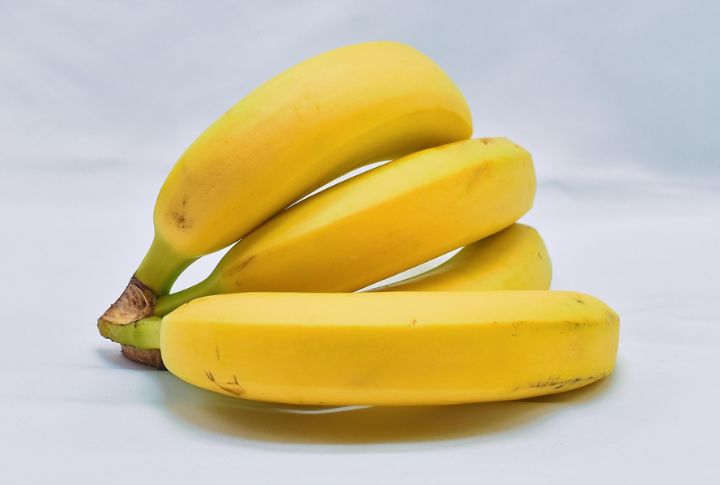
Bananas and cold air don’t mix. The fridge blackens the peel without ripening the fruit, leaving chalky, tasteless flesh. Let them ripen naturally on the counter, then freeze for smoothies or baking. The fridge only accelerates skin browning, not ripening.
Avocados
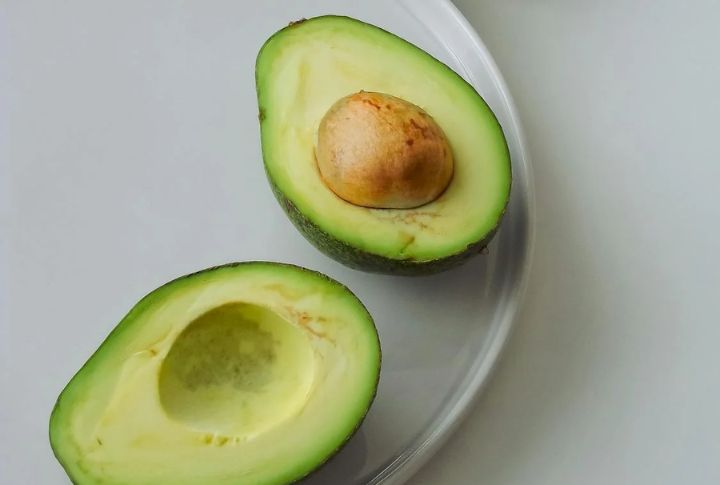
Have you ever cut into a hard, flavorless avocado? Cold air halts ripening, resulting in bland, waxy flesh. Let avocados soften at room temperature, then move them to the fridge once ripe. Nature provides a better solution; storing avocados and bananas together leaves them fresh.
Melons
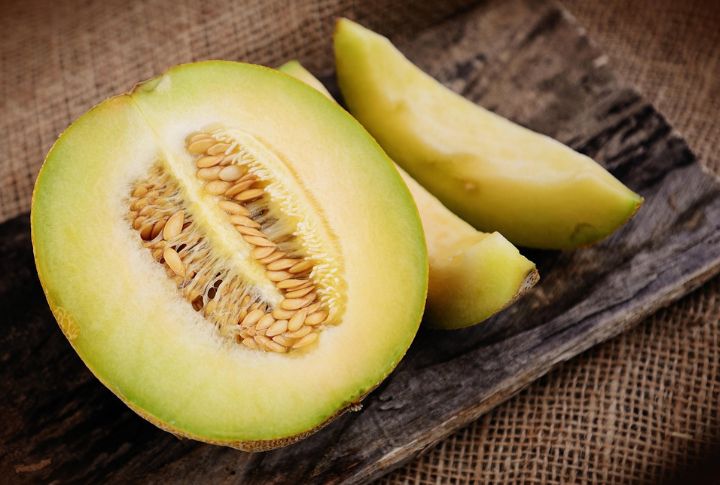
Whole melons don’t belong in the fridge. Cold air halts the ripening process, leaving them tasteless and watery. Once sliced, wrapping tightly and refrigerating ensures freshness. They thrive best at room temperature, ripening naturally. Storing them this way helps maintain their full flavor and juiciness.
Basil
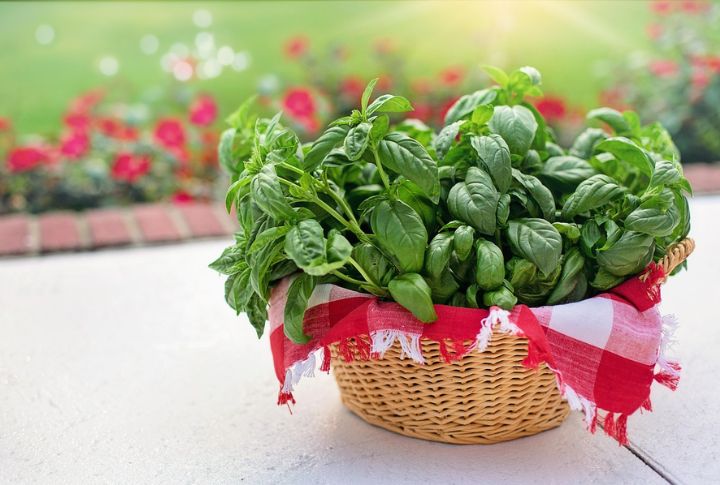
Leaving Basil in the fridge will lead to wilted leaves. Treat it like a bouquet: stems in a glass of water, loosely covered with plastic. Kept this way, basil stays fragrant for days, perfect for that last-minute pasta dish or salad dressing.
Butter
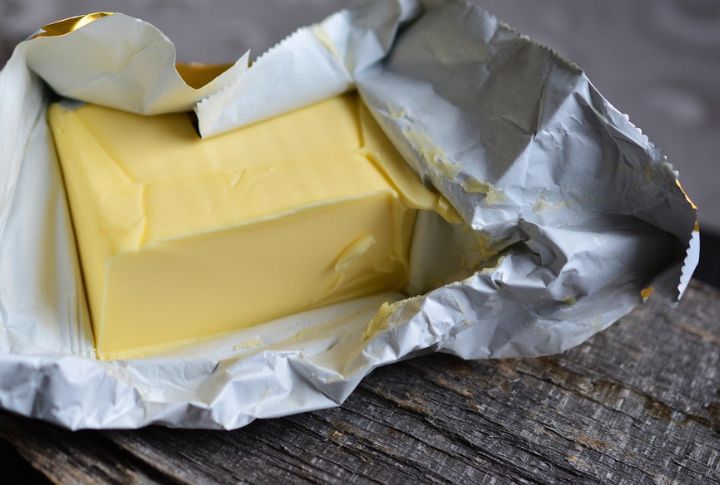
At room temperature, butter is soft and easy to spread, perfect for toast or baking. Storing it in the fridge can make it more difficult to use, but it will stay fresh longer. Salted butter has a longer shelf life at room temperature than unsalted butter.
Chocolate
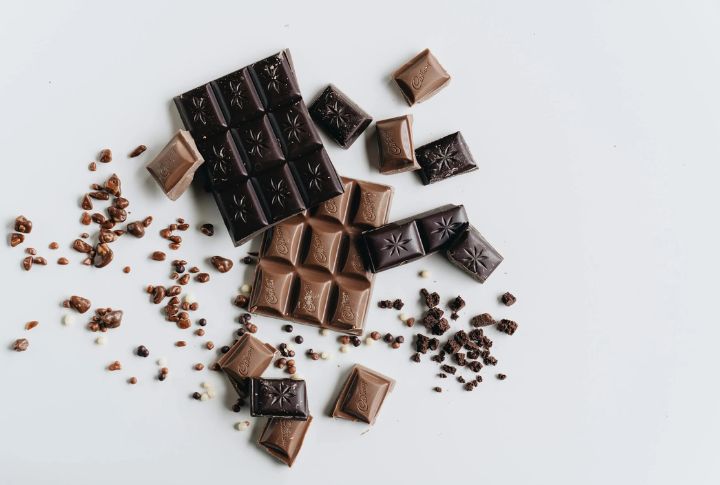
Cold air makes chocolate bloom, creating an unappealing white film of cocoa butter. To retain its silky texture, preserve it in a cool, dry pantry. If heat is an issue, wrap it tightly and refrigerate, but expect that first bite to be chalky, not creamy.
Hot Sauce
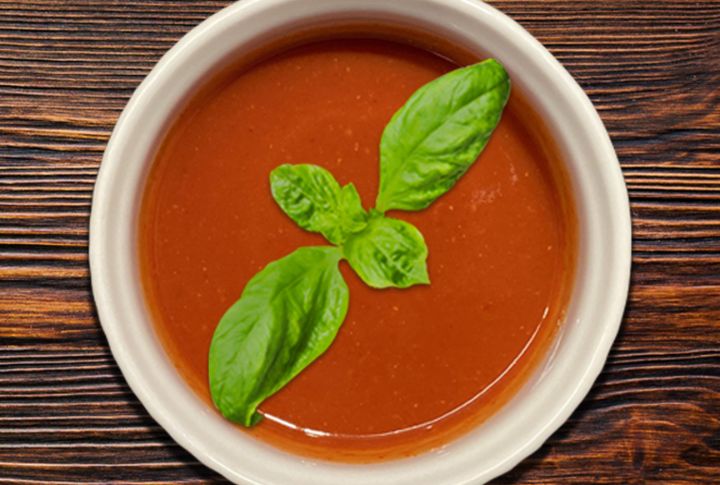
Why chill hot sauce? Vinegar and salt help it stay shelf-stable for months. Cold air thickens the sauce and mutes its zesty punch. Store in a dark cabinet to maintain its bold, spicy kick. Pour it straight from the pantry, not the fridge.
Stone Fruits
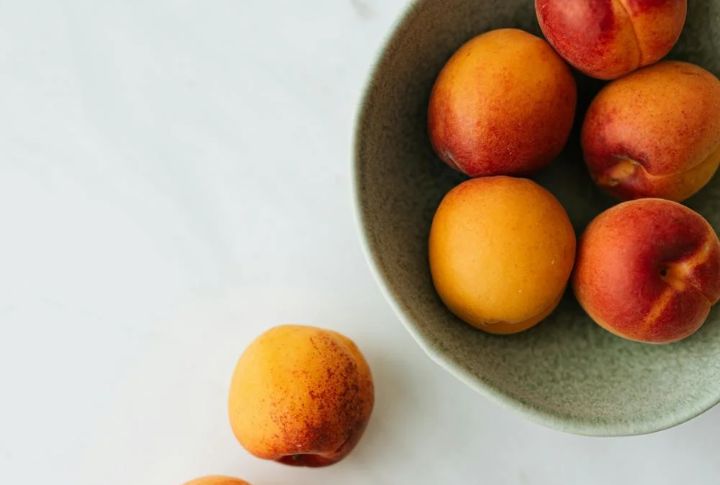
Chilled peaches and plums? A mistake. Cold air ruins their juicy, tender bite, turning them mealy and tasteless. Let them ripen on the counter, then refrigerate for a day or two to stall over-ripening. Peak flavor happens at room temperature.
Cucumbers
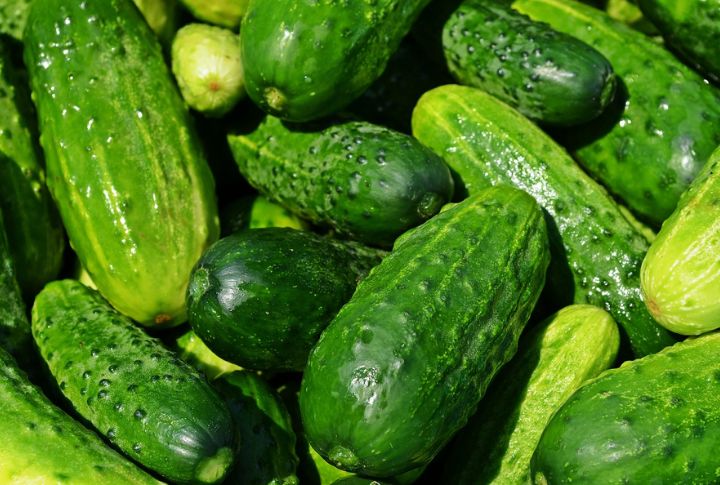
Cold air makes cucumbers soggy and flavorless. The countertop is ideal for maintaining freshness for a few days. For extended storage, wrap in a paper towel and place in a perforated bag to reduce moisture buildup. Cool, crunchy cucumbers thrive outside the fridge.
Potatoes
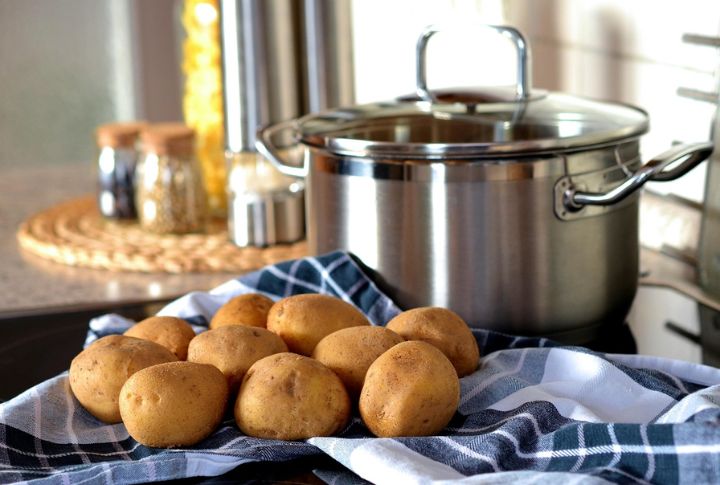
Think cold air preserves potatoes? Think again. The fridge turns starches into sugar, making spuds oddly sweet and mealy. Avoid plastic—it traps moisture and speeds up rot and sprouting. A cool, dark place with good airflow helps them stay fresh longer.
Peanut Butter
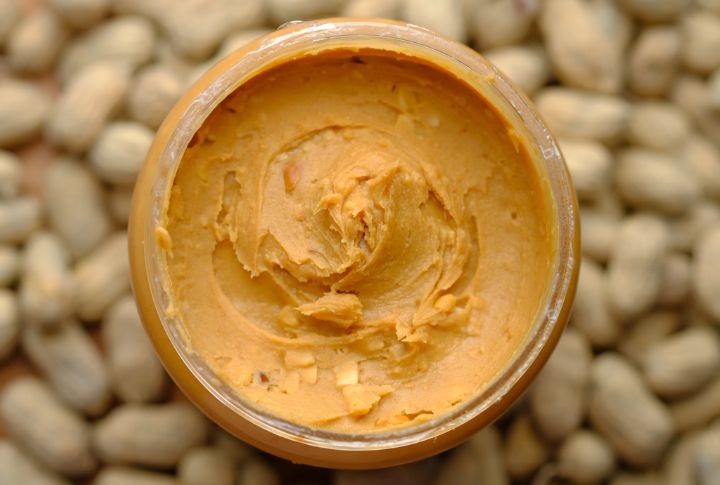
Dr. John Harvey Kellogg, the man who gave us cornflakes, also invented peanut butter in 1895 as a healthier protein option. Turns out, he was onto something: room temperature peanut butter stays smooth and spreadable, while the fridge turns it into a brick.
Winter Squash
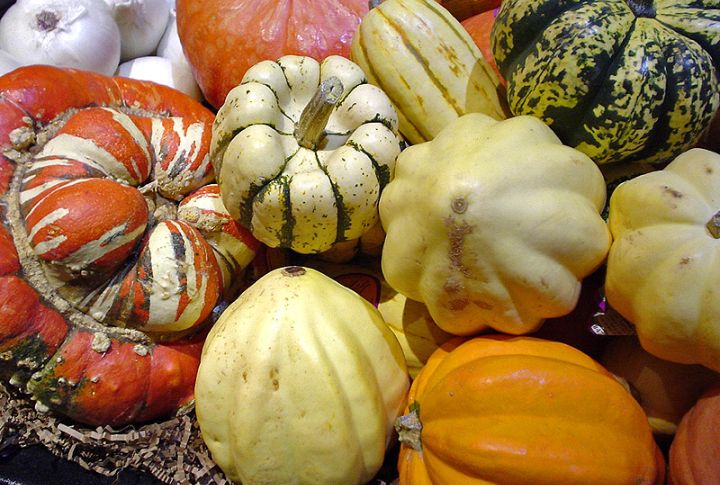
Cold air invites mold and rot to winter squash. Store butternut, acorn, and other thick-skinned varieties in a cool, dry pantry. Once cut, wrap tightly and refrigerate for up to five days. For a firm, nutty texture, the pantry is their best bet.
Olive Oil

Cold air thickens olive oil, turning it cloudy and solid. To preserve its buttery aroma, keep it in a dark, airtight bottle in a cool cabinet. Refrigeration extends shelf life but compromises texture and flavor. Room temperature keeps it pourable and smooth.
Citrus Fruits

The fridge dries out citrus, sapping their juicy, tangy punch. For oranges and lemons, stash them in a fruit bowl for easy snacking. Once cut, refrigerate to prevent mold, but whole citrus fruits shine brightest at room temperature, where they stay plump and flavorful.
Leave a comment